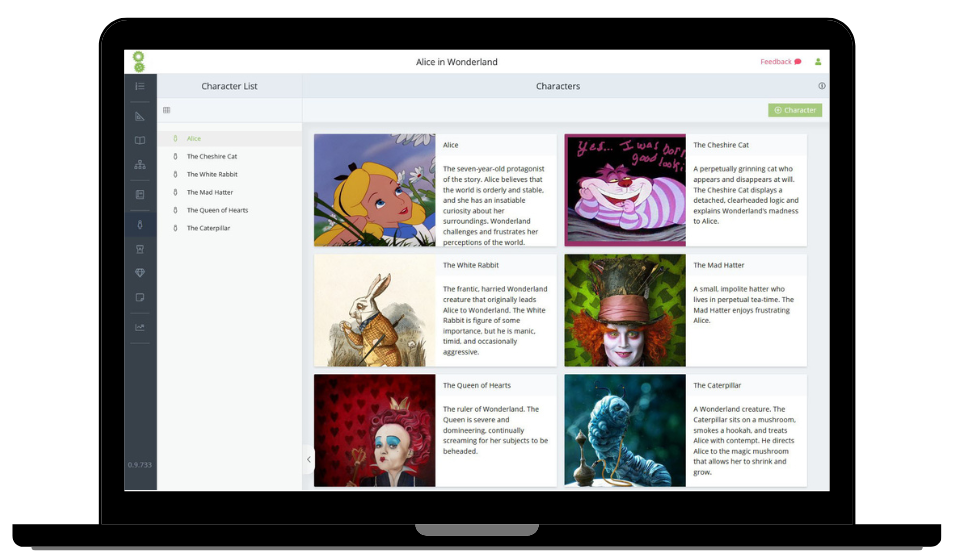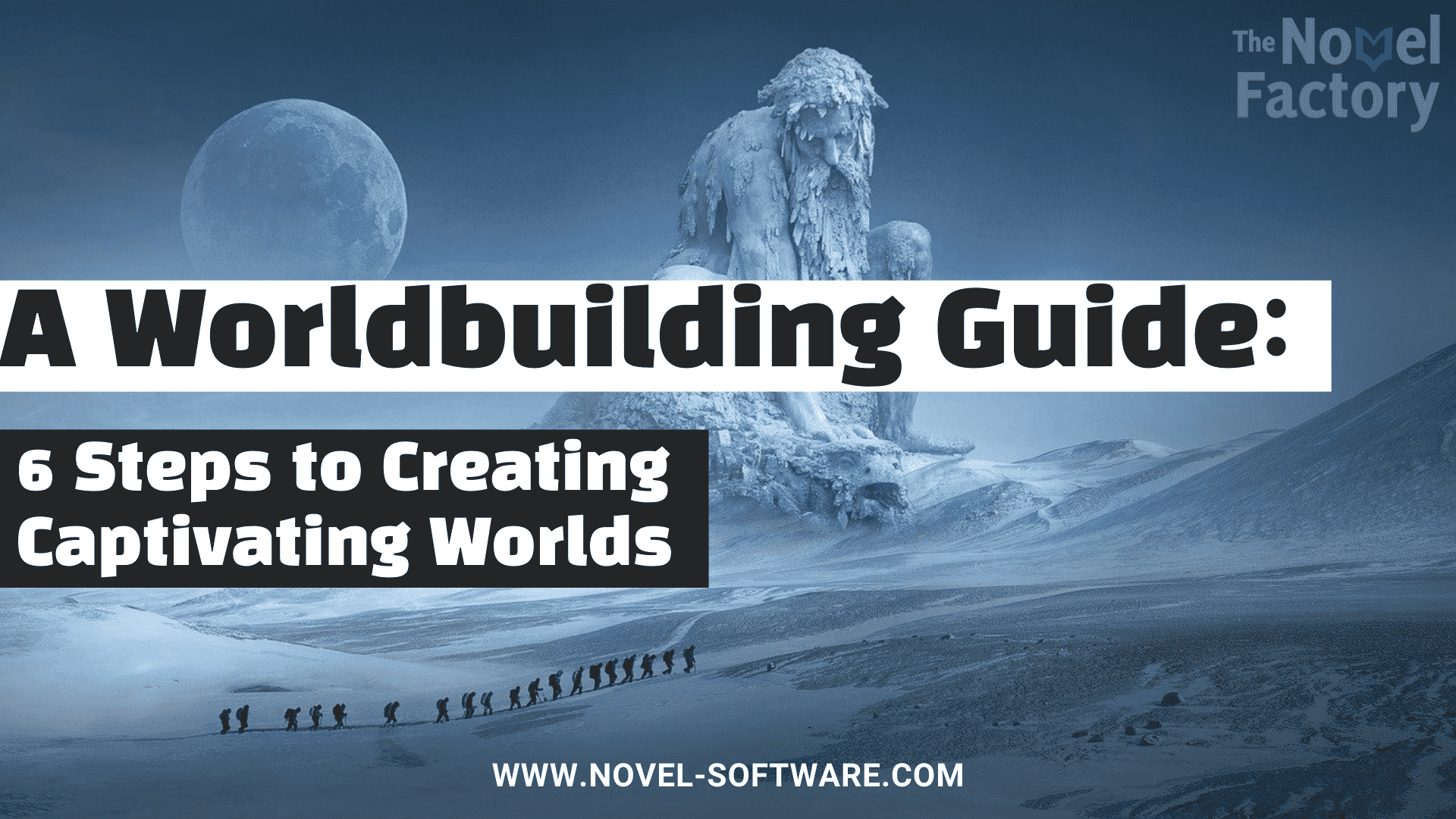
A Worldbuilding Guide: 6 Steps to Creating Captivating Worlds
Worldbuilding can be a great deal of fun, and if you master it, you can transport your readers anywhere you desire.
You can send them deep into ocean worlds, have them feel the wind in their hair as they soar with dragons, or experience a culture where the most important currency is scent.
But creating worlds can be hard.
The task can seem overwhelming; it can be difficult to know where to start.
And on the other side of the coin, it can be hard to know when to stop. Many an aspiring author has gone down the rabbit hole of worldbuilding never to be seen again.
So how can you ensure your worldbuilding is creating a place that feels real, rather somewhere inconsistent and jarring?
How can you make sure you’re doing enough, without ending up forgetting why you started in the first place?
And most importantly at all – how can you make sure your world-building is serving your story – helping to get across your heart, theme and characters, rather than just being fluffy window dressing?
In this article, we’ll explore all those questions, and offer worldbuilding tips and techniques for getting your world building off to a great start.
What is worldbuilding?
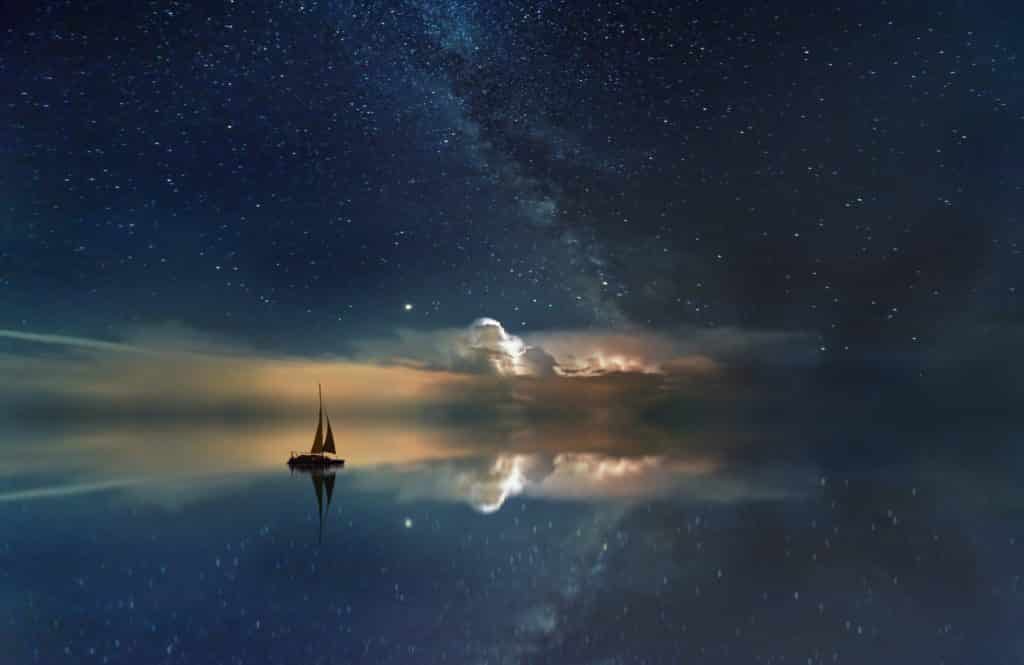
Worldbuilding is the creation of a fictional setting which is different from reality.
It may only be slightly different from reality, with just a few strange elements.
Or it might be completely different in almost every way.
Creating a world involves exploring geography, politics, history, culture, magic and more.
It can involve creating maps and inventing languages – but it doesn’t have to.
Some world building draws on conventional fantasy elements which are shared in our cultures, such as dragons or ghosts.
Others might invent completely unique and individual things, such as the power to repel metal.
What is the purpose of worldbuilding?
Different writers have different motivations for world building, and it’s a good idea to explore yours before you get stuck in.
Consider why you are getting into the business of world building.
Is it because you want to write a fantasy novel, and so you feel it’s just something you need to do?
Is it because you’re fascinated by the nuances of human culture and behaviour and enjoy inventing new rituals and the motivation and history of them?
Do you want to create a world so complex and detailed that your readers start to forget that this place they’ve visited isn’t real after all – and long to live there rather than the real world?
Or do you want to create peril and danger to get their hearts pumping with horrifying monsters and demons?
Do you want to explore aspects of the real world or the human psyche through fantasy elements?
Considering what floats your boat when it comes to world building will help you decide which aspects to focus on, and how much time to spend on it.
There are no rules saying you have to spend 30% of your time on world building if you’re writing fantasy.
If you enjoy the process then, by all means, spend a lot of time on it. But if you find that world building is tedious, and takes you away from the more fun business of writing, then you are perfectly allowed to do it in a few broad strokes and then get on with the story.
4 Key elements of worldbuilding
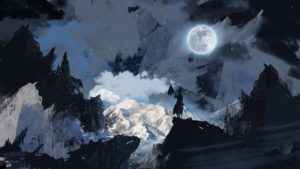
There are almost countless potential elements to worldbuilding ideas, but for convenience, we’ve split them into four broad categories.
Bear in mind that there will be many overlaps, and elements which could appear in more than one category. It is not exhaustive, or definitive.
- Geography & Nature
- Landscape
- Continents
- Climate
- Natural Resources
- Seasons
- Weather
- Animals
- Plants
- Population & Politics
- Races (human or non-human)
- Governance and Economics
- Socio-economic Classes
- History
- Education
- Employment
- Agriculture
- Trade
- Conflict
- Culture
- Family and Friendships
- Social Rules
- Food
- Art
- Religion
- Languages
- Architecture
- Clothing / Fashion
- Entertainment, Celebrations and Festivals
- Magic & Technology
- Forms of magic
- Magic users
- Origins / Source
- Limitations
- Costs and Dangers
- Culture
- Science and Technology
A Step-by-Step Guide to Worldbuilding
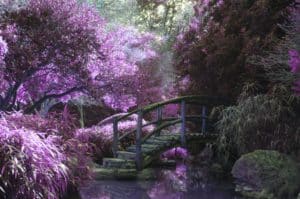
This step-by-step guide to worldbuilding covers everything to help you build a strong foundation, explore important aspects of sci-fi and fantasy worldbuilding and ensure what you’re doing is always serving your story.
As with all writing advice, you should take what works, leave what doesn’t, and feel free to adjust and amend to whatever suits you best.
Step 1 – Read other novels whose worlds you really like. Analyse how they’ve done it.
The best way to get started with anything is to learn from the masters. We can learn so much from examining the techniques used by those who have gone before.
So find two or three books that you’ve enjoyed that employ worldbuilding, and read them again with a focus on how they’ve done it.
You could ask the following questions:
How does the author weave the worldbuilding into the story?
(i.e. making it part of the action, rather than long descriptive paragraphs.)
How does the author ‘show’ rather than ‘tell’ with regards to worldbuilding?
(i.e. rather than telling us these people have a ritual of tapping a door three times before entering, do they show the people doing it?)
Where and how does the author employ ‘telling’? How do they make it interesting?
(Sometimes telling is appropriate. If there’s some information that the reader needs to know, but it would slow down the narrative too much to fully ‘show’ it, authors might simply state it outright. However, it should still be presented in an engaging way.)
Was there anything that stood out to you as particularly brilliant about the worldbuilding?
Is there anything you didn’t like about the worldbuilding?
What aspects of the world does the author focus on? Which are they not concerned with?
Here are some recommended books to read for worldbuilding research:
- Game of Thrones
- The Belles
- Auxiliary Justice
- Harry Potter and the Philosopher’s Stone
- Neverwhere
- Ready Player One
- The Name of the Wind
- The Handmaid’s Tale
- Prince of Thorns
- Girls of Paper and Fire
Step 2 – Think about your novel’s theme / genre and how that might influence your world building.

When making decisions about worldbuilding, you should always be coming back to your story.
All your worldbuilding should serve your plot and central story question and themes. With that in mind, you’ll focus more on some aspects of world building, and not on others.
Above, we categorised the elements of worldbuilding into these four overarching categories:
- Geography & Nature
- Population and Politics
- Culture
- Magic & Technology
Consider what interests you, and what sort of novel you’re writing.
If you’re writing a fantasy about warring Royals, you’ll probably focus more on Population & Politics and Culture.
But if you’re basing your story in a wizarding school, then you’ll need to look closely at Magic and Technology, whereas Population and Politics might be of less interest.
Or it might be a quest where a lowly villager sets out to save the village from the evil dragon, in which case you’d be looking at Magic and Technology and Culture, but the large-scale Population and Politics might only need a few details filled in.
Which sections will you spend a lot of time on?
Are there any sections you can ignore, or move through quickly? This could either be because they won’t be mentioned at all, or because you will stick closely to the real world.
Step 3 – Use a questionnaire to spark your imagination
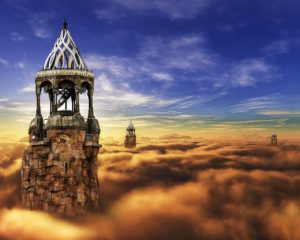
A great way to prompt worldbuilding ideas is to use a questionnaire.
(We happen to have created a rather marvellous one you can find and use here.)
Using a questionnaire can help guide your worldbuilding, ensuring you’re covering all important aspects.
It can help you pick up on details you might not have thought about, which will make your world more consistent and unique.
Here are some examples of questions you might find on a worldbuilding questionnaire:
Geography & Nature
Landscape
- Are there forests?
- Are there tropical areas?
- Are there grasslands / plains?
- Describe the night sky.
- Describe the sky during the day.
- Are there multiple suns / moons?
Continents and countries
- How are the continents laid out?
- How are the countries laid out?
- How much land is temperate, equatorial or polar?
Climate
- What is the climate like?
- Is the climate consistent or changeable?
Natural Resources
- What natural resources are available in different regions?
- Which natural resources are scarce?
Population & Politics
Races (human or non-human)
- Are there non-human sentient species? Describe them.
- Did the people evolve on this planet or come from elsewhere?
- What is the relationship between the different species?
- What is the total population (of the planet / the country / the city, etc.)
Governance & Economics
- What titles / formalities are used?
- What is the system of government? Democracy? Dictatorship? Administration? Something else?
- Is it a matriarchy or a patriarchy?
- Does the leader have special protection (Kingsguard, secret service)?
- How long has the system of government been in place?
- What calendar is used?
- Does the government provide social assistance?
- Is there any centralised healthcare?
Culture
Family and Friendships
- What is a normal family unit?
- Do people marry for love or other reasons? What reasons?
- Are the genders treated differently?
- Who raises the children?
Polite society
- What is a gesture of respect (bowing, saluting)?
- What is considered a rude gesture?
- How do they curse? Gods? Body parts?
- What topics of conversation are controversial?
- Which topics of conversation are safe?
- What constitutes a social faux pas?
Click here to view the full worldbuilding questionnaire.
Step 4. Brainstorm worldbuilding ideas
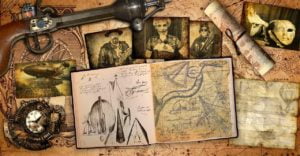
Let your imagination run wild and free and write notes on any aspects of worldbuilding that excite you.
If you’re so inclined, you can draw maps, either freehand, or using map drawing software such as Wonderdraft.
Also, try writing scenes, with conflict and action, and see how you can integrate the unique elements of your world to make it more compelling, exciting and inspiring.
Here are some optional prompts to help you come up with scenes:
Write a scene about a fight that happens at a wedding.
What are the wedding traditions?
What are the clothing and ceremonies like?
What are the guests like?
What is the food like?
What genders are involved? Do they differ from human genders?
Who is fighting, and what about? What is fightworthy in this world?
Describe a day in the life of the region’s leader.
What is the leader’s title?
What are the extent and limitations of their power?
Who supports them?
Who are they in conflict with?
What are the rituals or manners of diplomacy or negotiation?
What issues are they called on to deal with?
Write a scene where a family has just arrived on holiday.
Where are they holidaying?
How is it different from their home life?
What do they bicker about?
What are they most excited about seeing?
What is the food like?
How do their clothes differ from those of the locals?
Step 5. Take inspiration from the real world (and established mythology)
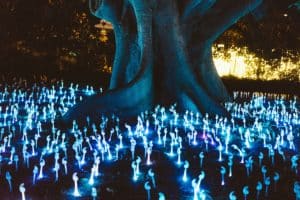
Now you’re starting to get a basic foundation for your world, you may wish to enrich it with examples from the real world.
For geography and nature you can read up on the climates and terrains – if your story is set in an ice world, research Antarctica, and the sort of animals that live there.
For fantastical animals, you can read about mythological creatures, to inspire yours. Search on Pinterest for beautiful artwork talented artists have created to bring fantastical creatures to life.
Read about different political systems to find out which one suits your world and story best. Research real life ones to see their quirks and foibles.
Research cultures that might inspire yours – is yours more like the Vikings? South East Asia? Tribal Africa? Read articles and books on and around the topic, as you’re bound to get more ideas of real world eccentricities you would never have imagined in your wildest dreams.
If you’re writing sci-fi or steampunk, find out about cutting edge science and technologies at magazines such as Wired or Nature. Some of these might even give you fun ideas about how more traditional magic could be used. For example, a while back, someone grafted an ear onto a mouse. Maybe an evil magician enchants mice so that he can hear through them, so he can hear all the gossip around the castle.
Step 6. Integrate your Worldbuilding research into your novel
If you’ve followed all or some of the steps above, you’ll have created a pretty detailed world.
Now it’s time to integrate all that research and creation with your characters and plot.
If you’ve already written a first draft, then read through it, keeping your worldbuilding research in mind, and think about ways you can add unique details to make the setting more rich. Also, look for ways the world’s reality might create more conflict or offer interesting solutions.
If you haven’t yet written your first draft, then use the research to inspire your character arcs and plot development. Think about how what you’ve learned about your world could be used to enhance your central story question and your themes.
You can just create a new world for the pure joy of it, and if you’re good enough, readers will enjoy visiting just for its own sake.
But if you can tie your world building to the heart of your novel and make everything intertwined, then you’ll truly be creating something special.
Worldbuilding and Magic – how to harness the power of magic
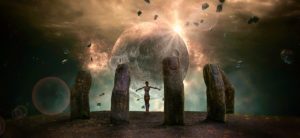
Magic is a staple of fantasy, and arguably, advanced technology in sci-fi novels is actually tantamount to stealth magic.
So in this section, we’ll explore some questions of magic systems, how to master them, and how to avoid the pitfalls.
Hard Magic and Soft Magic
Bestselling fantasy author Brandon Sanderson proposes that there are two types of magic – hard magic and soft magic.
Hard magic has strict rules, much like science or physics, whereas soft magic is much more about indescribable forces and an unknowable sense of wonder.
Both are perfectly valid, and will appeal to different readers (and of course it’s not actually black and white, but a spectrum).
As a writer, it can be very helpful for you to be aware of which kind of magic you’re writing, in order to use it in a way that reader find satisfying, and to avoid accidentally using it in a way that strikes them as cheating.
The key factor to keep in mind is that you should never use magic to solve a problem in a way that couldn’t be fully understood by the reader.
In other words, if you explain how the magic works – and what its limitations are, then use that magic to solve a problem while following those rules – readers will be happy.
But if you just wave your hands and magic the characters out of a sticky situation without explaining why other than ‘that’s magic, folks!’, they are likely to feel at best unsatisfied, at worst, cheated.
Take the example of the troll who enters the school in Harry Potter and the Philosopher’s Stone. Rowling has established that spells need to be learned (i.e. you can’t just wish something and make it happen, you have to learn the right words and have a good level of focus). She has even shown the kids learning and practising a levitation spell. So when Harry levitates the Troll’s own club and drops it on his head, it all feels consistent within the world.
On the other hand, the Room of Requirement is much more vague and its limitations unclear. It appears when someone has ‘real need of it’, but people have needs all the time, and the pupils are often in grave danger. Why doesn’t it appear at any of the other times people need it?
What you don’t want is for readers to be constantly thinking – ‘why don’t they just…’
It breaks the suspension of disbelief and catapults people out of your carefully created world.
However, that does not mean you have to work out the exact scientific properties of magic if you don’t want to. You can simply have magic as a mystical mysterious force – but if you’re doing that, it’s better to avoid making it a crucial element of any plot.
Read more about Brandon Sanderson’s laws of magic here.
Some questions to help you develop a magic system:
(these can also be found on our Worldbuilding Questionnaire)
Forms of magic
- How is magic summoned / channelled?
- What does it allow people to do?
- Are there different forms of magic?
- Do you need to use certain words?
- Do you need to use certain physical tools, such as wands or amulets?
- How does it feel to the wielder to use magic?
- Can it be used to make physical changes to the world? (i.e. relocate a wooden spoon or a mountain)
- Can it be used to affect people’s minds? (Such as memories, beliefs and desires)
- Do you have to practice in order to get better at it?
- Are there any magical creatures? Describe them.
Magic users
- Who is able to and who is allowed to?
- Is magic inherited, gifted, obtained or learned?
- Is it something people are either born with or without?
- Or is it something anyone can develop, given the right support and training?
- Do some people have their powers suppressed / banned?
- Do different people have different kinds of magic?
- What are magic users called?
- Can you tell a magic user by looking at them, because of some physical feature or clothing?
- Is there a hierarchy of magic users?
Origins / source
- Is it like a force of nature – always there?
- Or was it gifted to people by a god?
- Does it all depend on a particular lake or rock?
- Do people know where it came from?
Limitations
- Can magic be stolen?
- Can it run out?
- Why would one magic user be more powerful than another?
Costs and Dangers
- Is it tiring to use?
- Does it slowly turn your heart black?
- Do you need to use a limited resource?
- Can it be used for evil?
- Can it be used for selfish or evil purposes?
- Can the user be harmed by wielding it?
Culture of Magic
- How do people feel about magic? Is it feared or revered?
- Are there any artificial restrictions placed on magic use by society?
- Are there different magical factions or societies?
- Is it inclusive or exclusive?
- Are there any important historical events relating to magic?
- Is magic secret or out in the open?
- Are there any magical festivals or other cultural hallmarks?
Science and Technology
- Are the laws of nature / physics different from earth? Elaborate.
- What is the level of technology (stone age, hi tech)?
- Is technology use restricted?
Summary
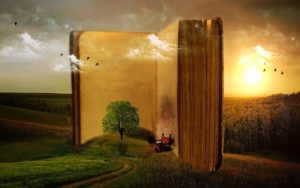
Hopefully you feel a lot more knowledgeable about the art of worldbuilding and well equipped to start creating your own fantastical settings.
Don’t forget to take inspiration from great authors as well as the real world, and while you should let your imagination loose, you should always have your story’s aims at the back of your mind.
Our Worldbuilding Questionnaire is fully integrated into our Novel Writing software, so if you’d like to complete the questions in an app rather than on paper, or by copying and pasting into Word – do check it out.
And if you like that, you might also be interested in our Character Questionnaire.
Unlock your writing potential
If you liked this article by the Novel Factory, then why not try the Novel Factory app for writers?
It includes:
- Plot Templates
- Character Questionnaires
- Writing Guides
- Drag & Drop Plotting Tools
- World Building resources
- Much, much more
